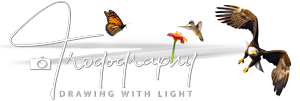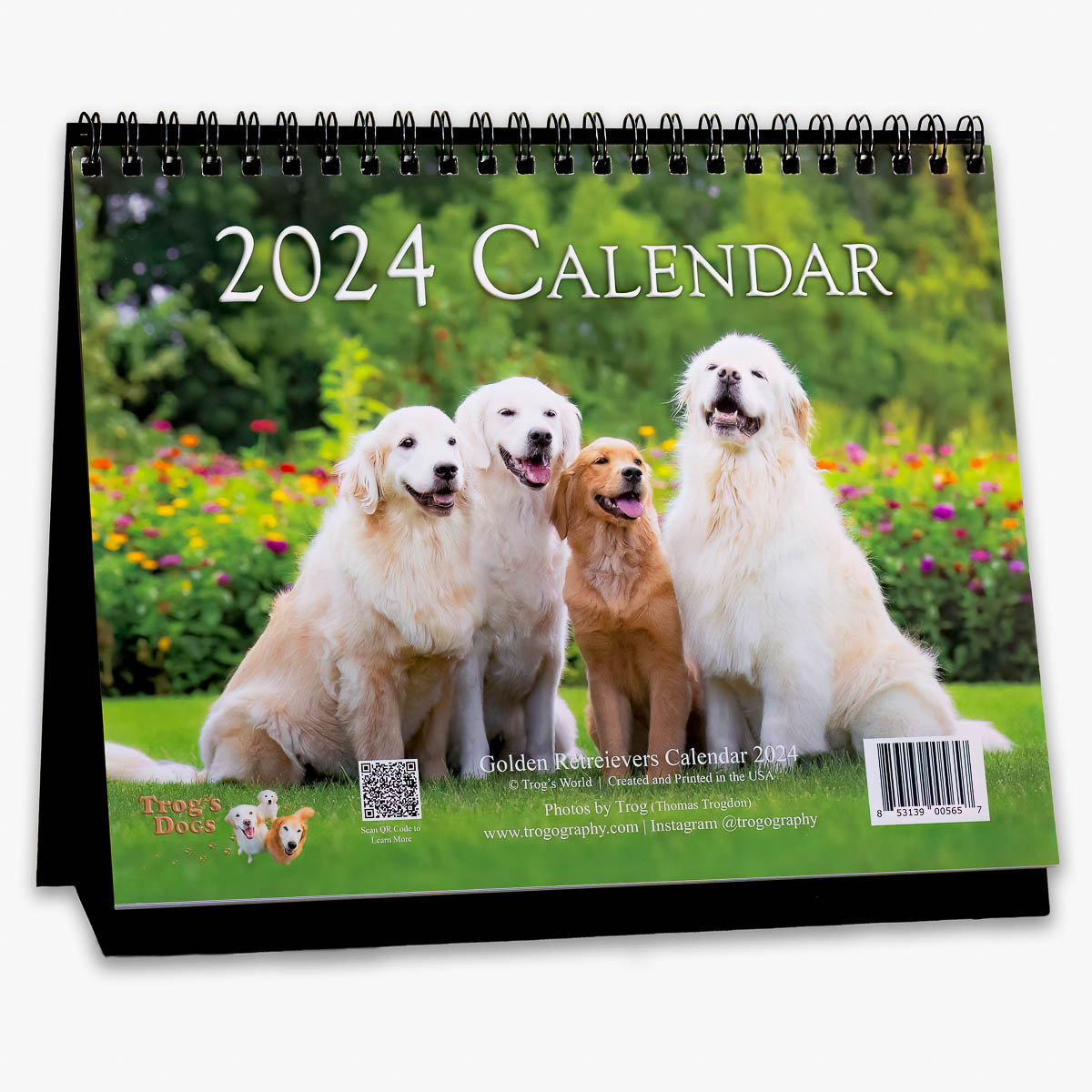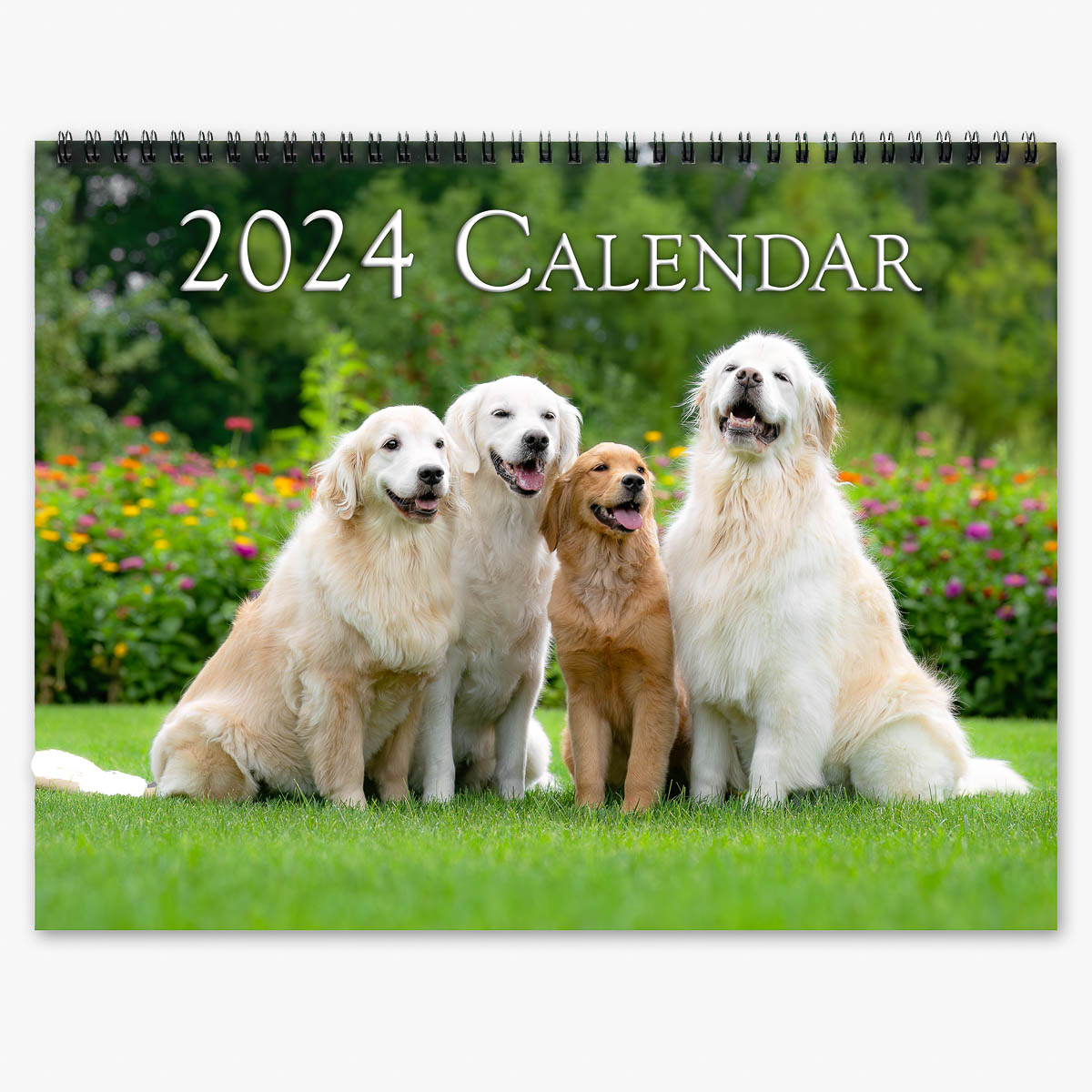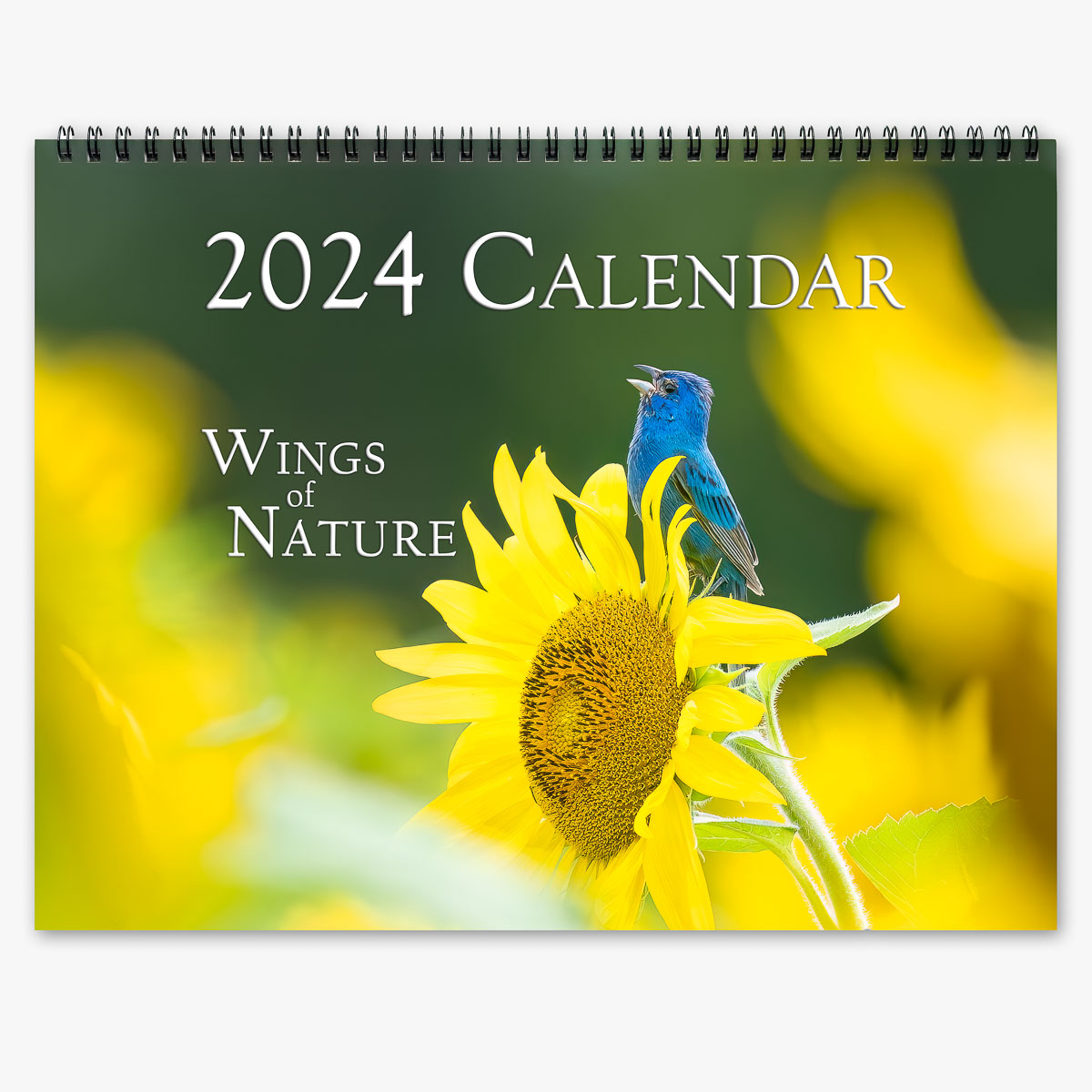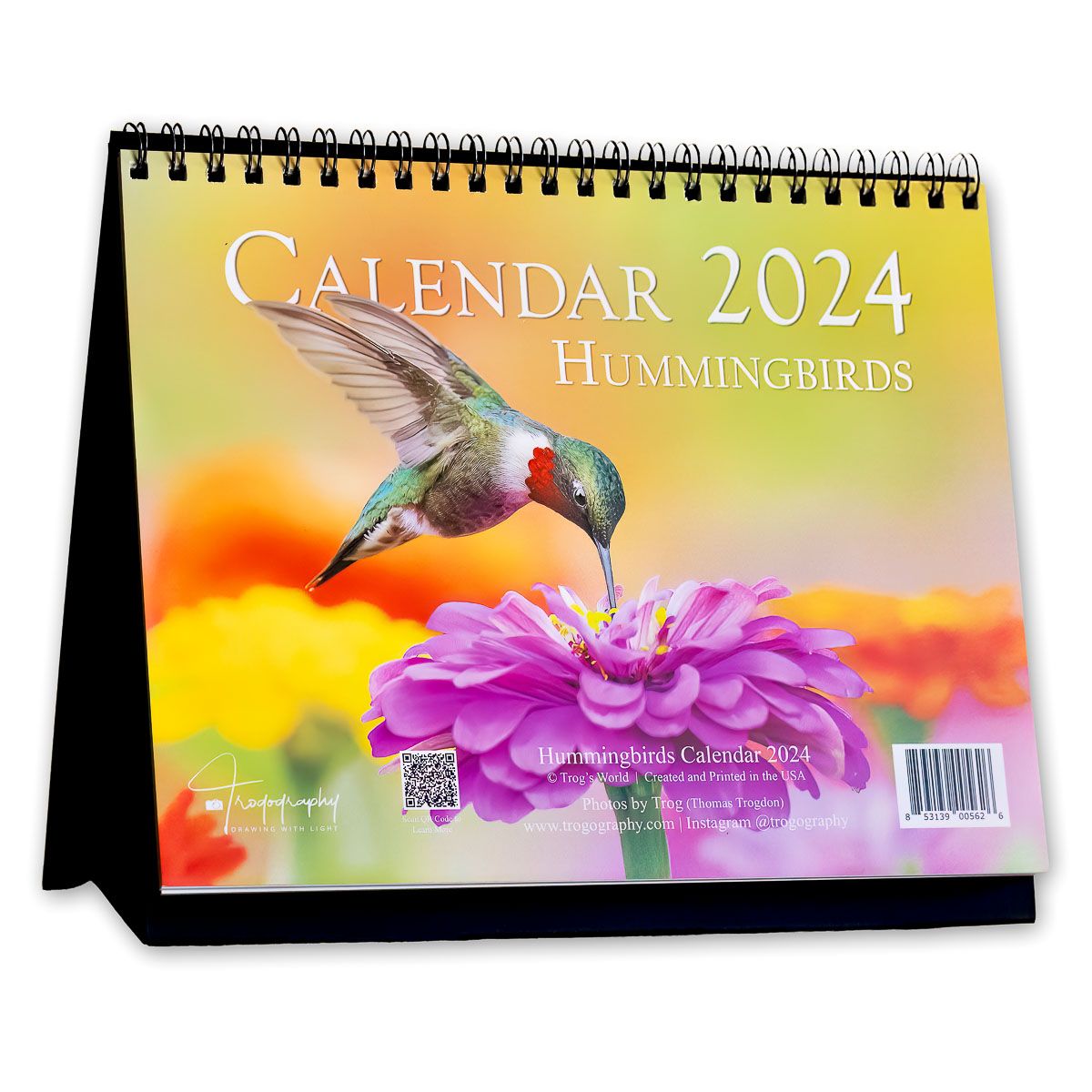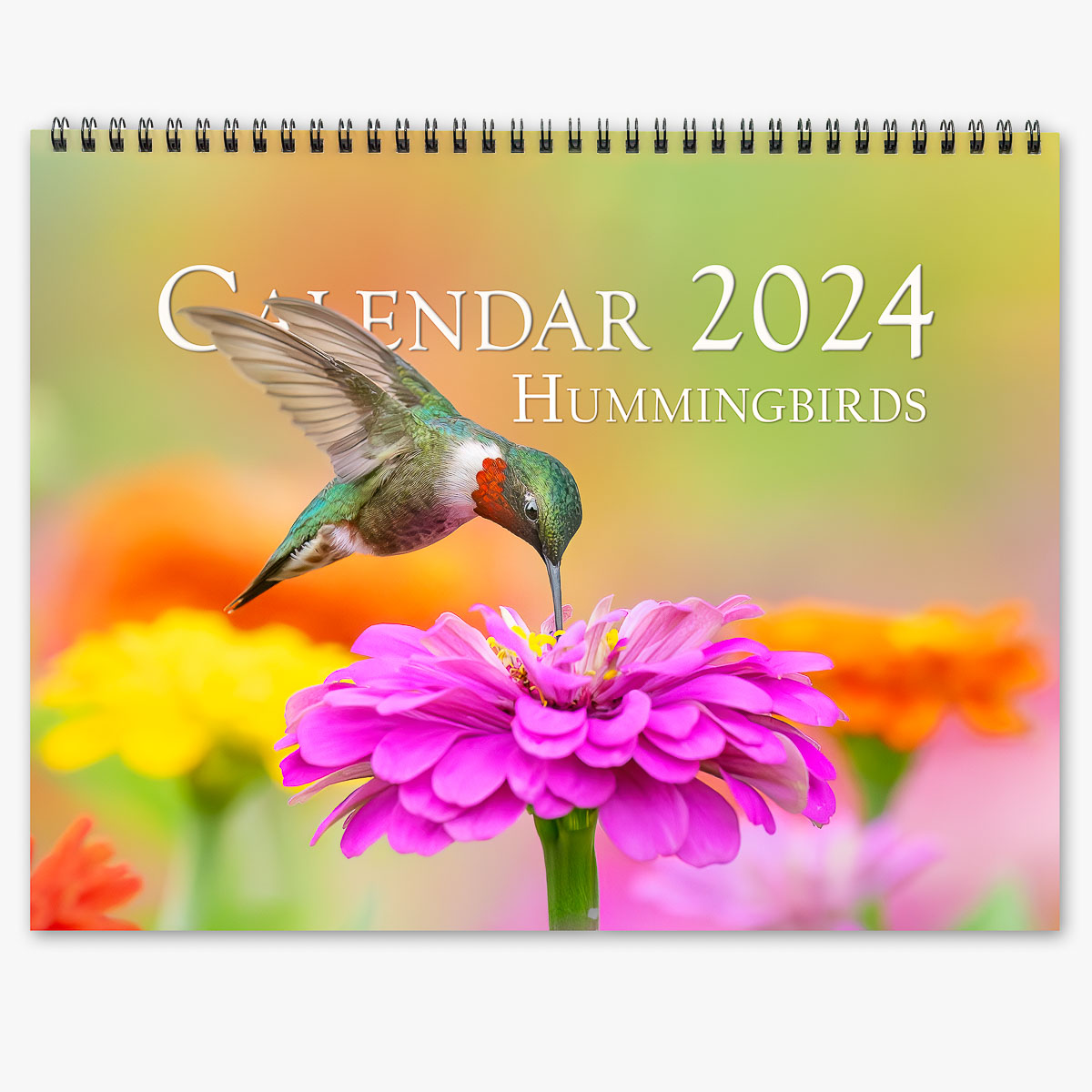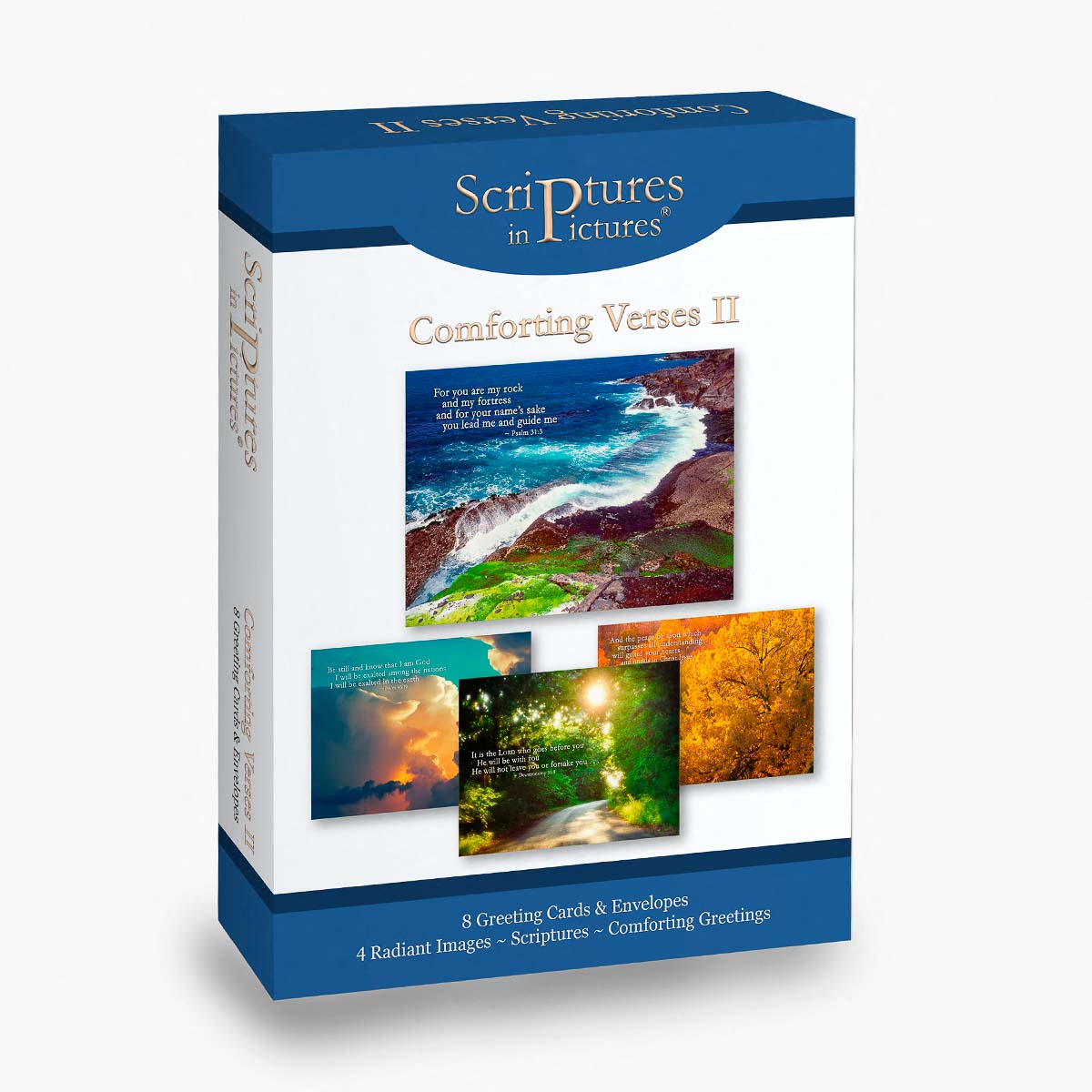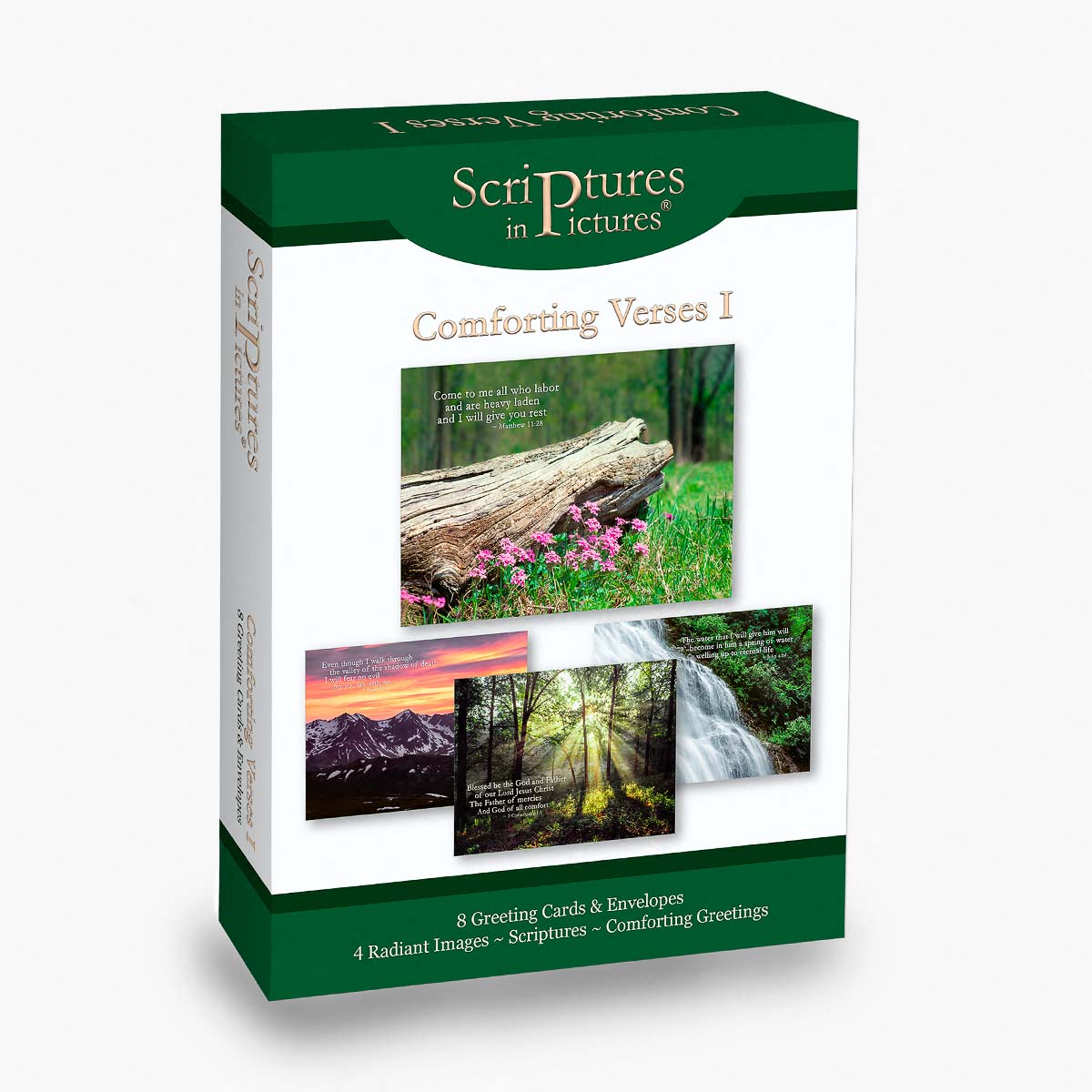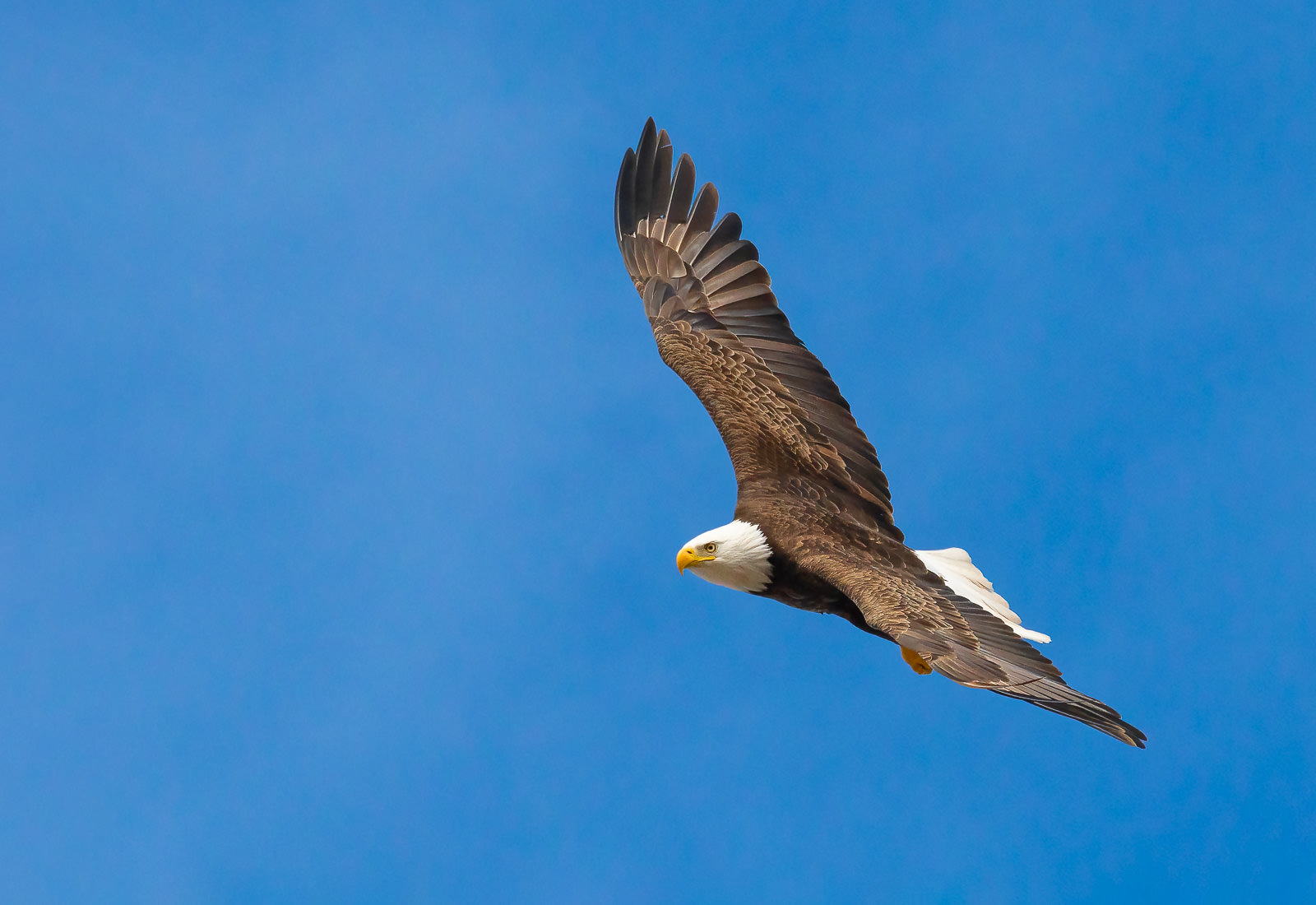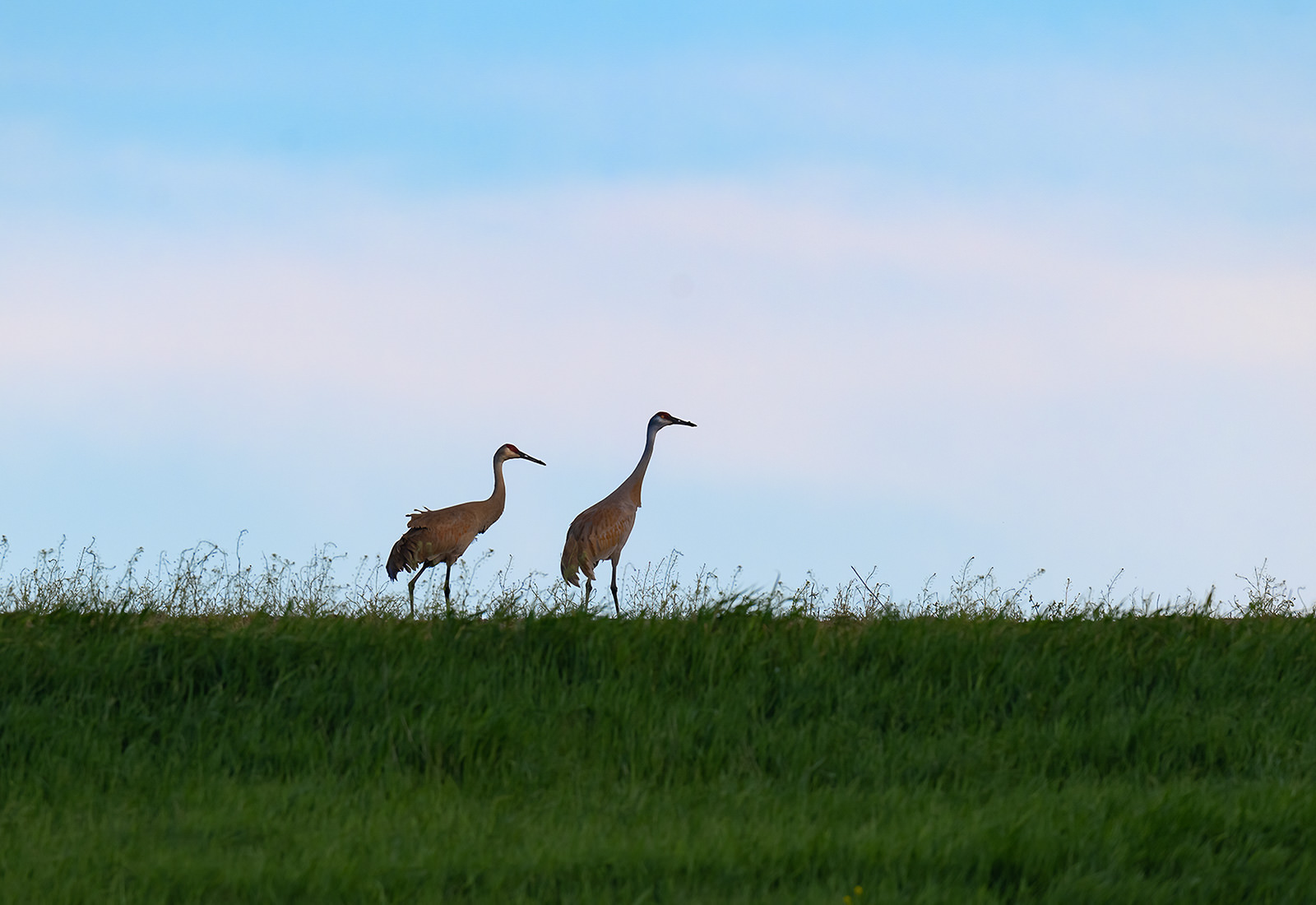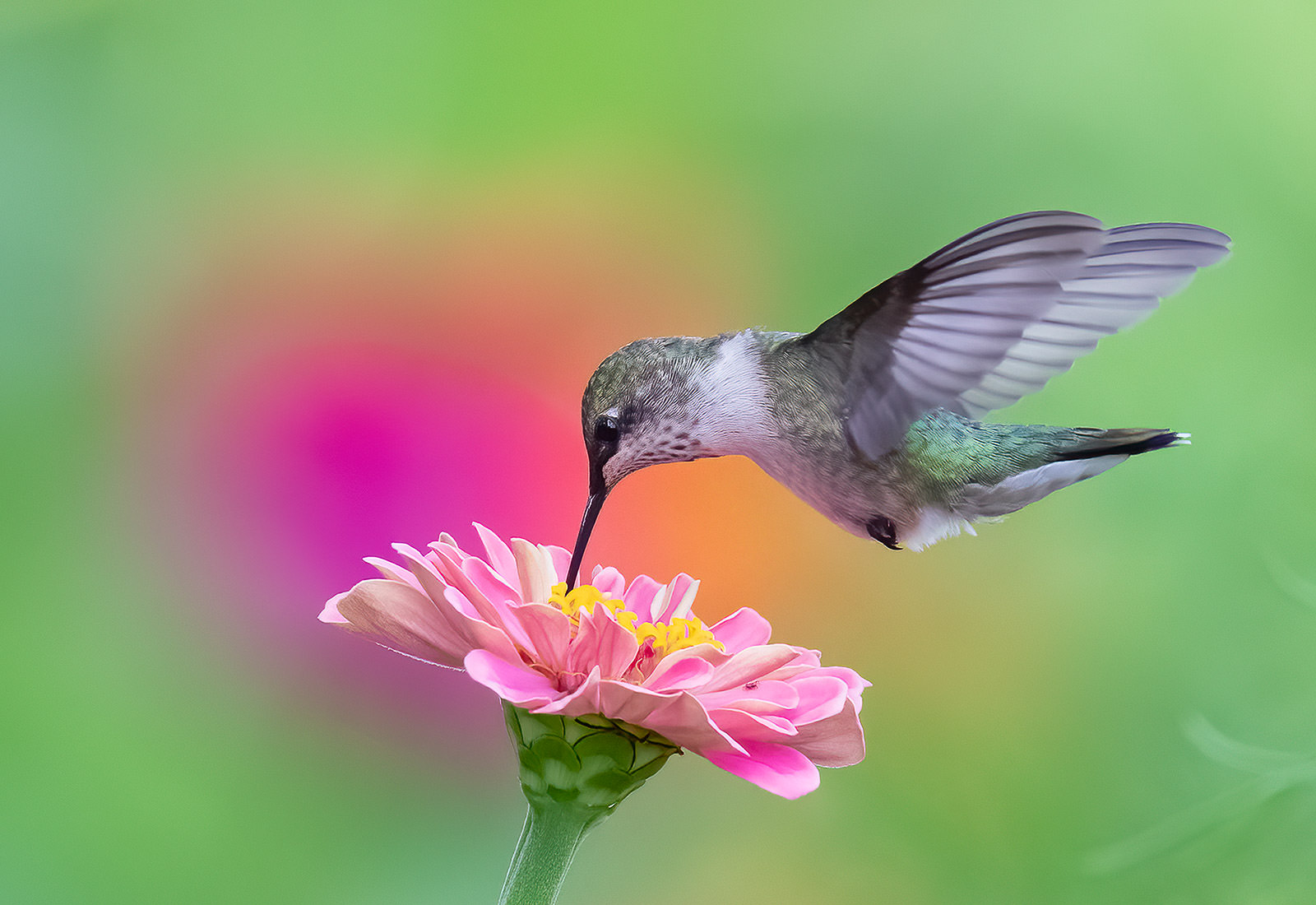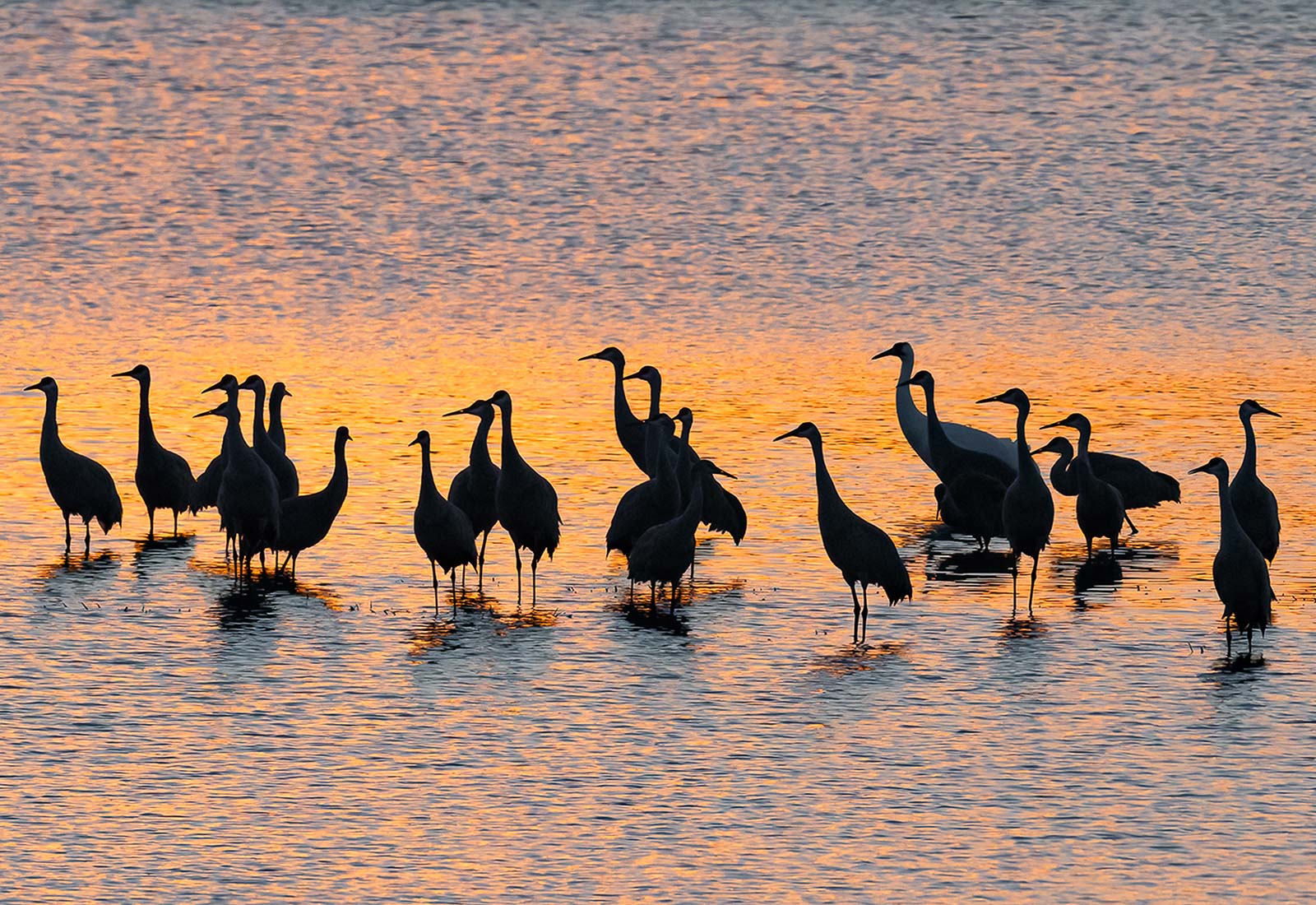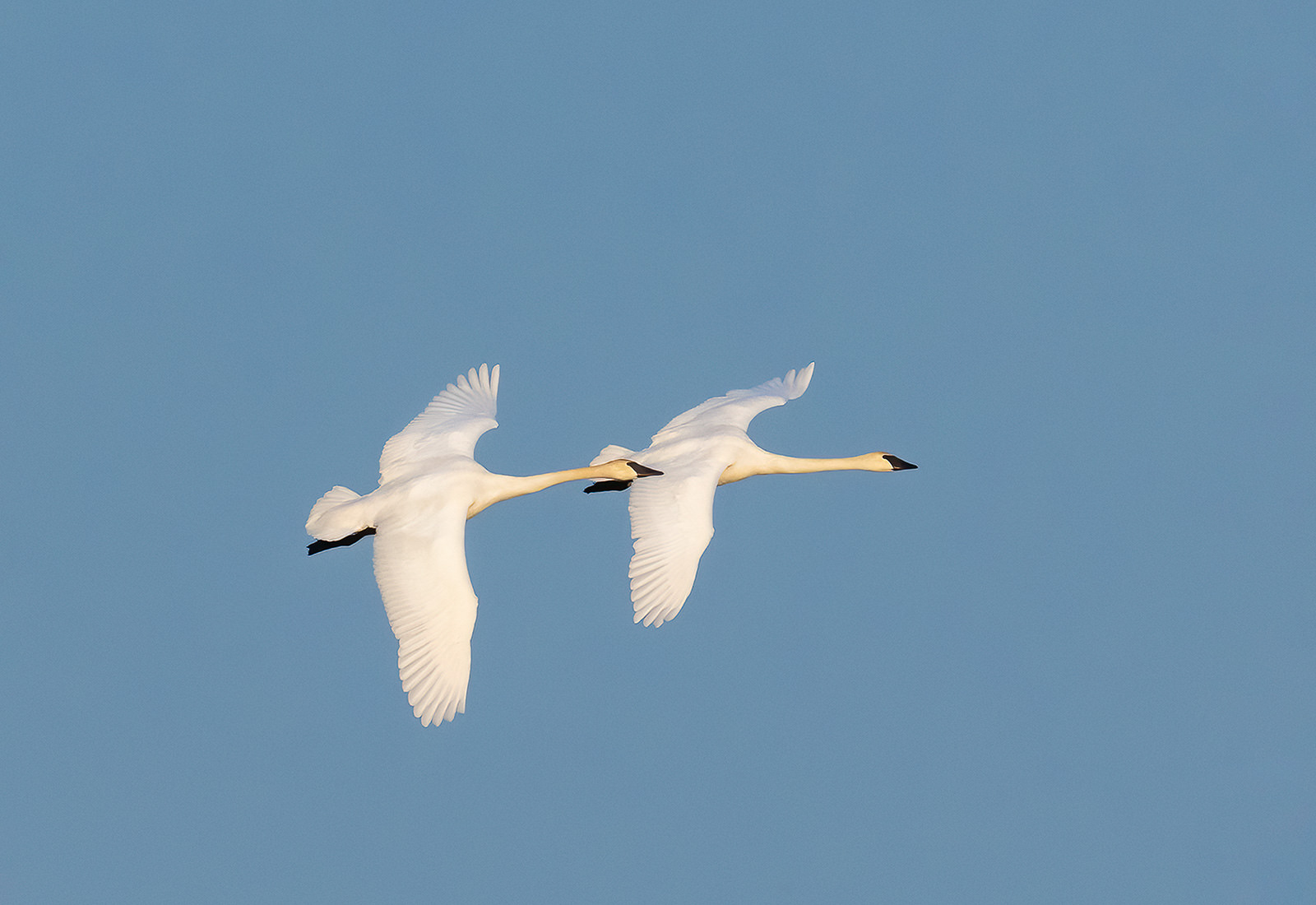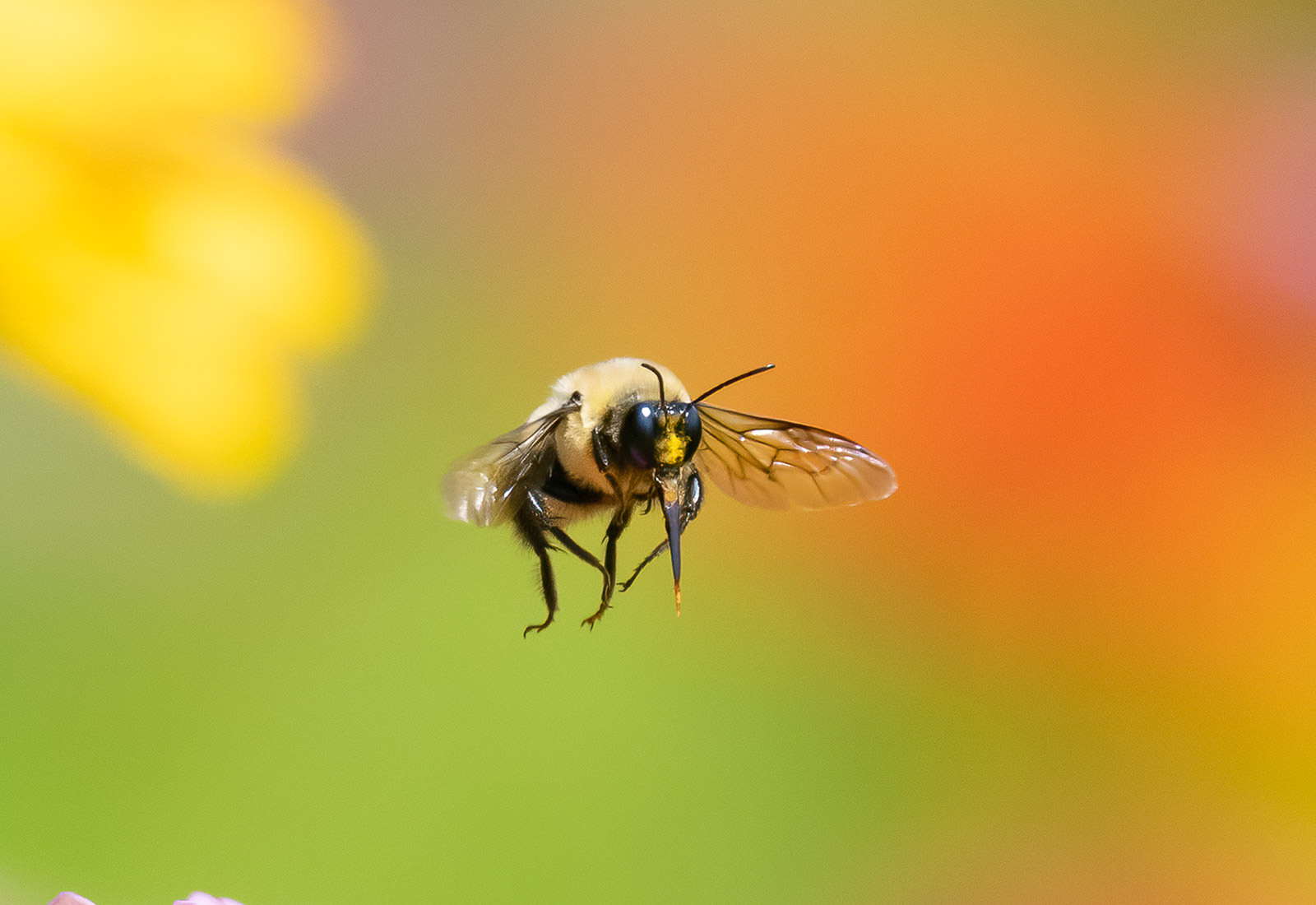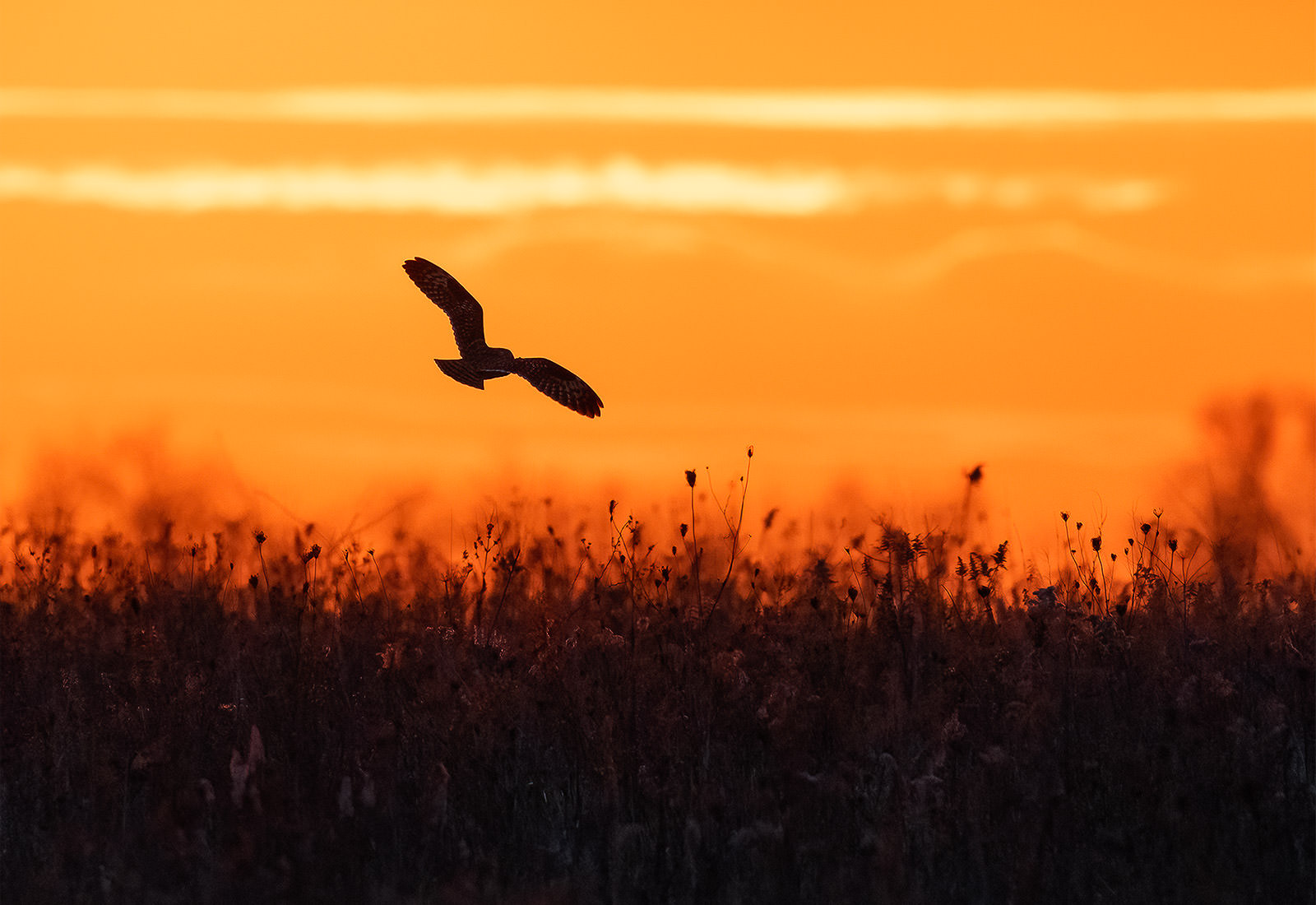November 2023
The colors of this Juvenile’s feathers are mesmerizing and have seen few as striking and beautiful. Have always thought the feathers from a juvenile eagle 4 to 6 months old are some of the most beautiful, but these feathers take it to the next level. This was captured in the middle of a dive to the river with just enough light to show off is underside.
Did you know it takes 4.5 to 5.5 years before the Bald Eagle finally gets its full head of beautiful white feathers, and the adult plumage does not change for the rest of the eagle’s life, and it is the same for both male and female.
Avian Report: Juvenile & Immature Bald Eagles

Source: Avian Report
Bald Eagles along the Mississippi River in winter
When winter strikes hard in the upper Midwest and the Mississippi River freezes over, hundreds of bald eagles, young and old alike, congregate along the open waters near the locks and dams up and down the river in northwestern Illinois and eastern Iowa. It’s estimated as many as 2,500 bald eagles winter along the locks and dams (source: US Army Corps of Engineers), and there are plenty of opportunities to observe and watch our national symbol soar, dive, fight, eat and do those things that eagles do.
The images in this calendar were captured over a few days in late January and early February during an extended cold snap, and I don’t remember ever being so cold. With nothing to stop the northerly wind as it blew across the river ice, there was a limit to how much time could be spent shooting before having to take a break and warm up in the vehicle. But it was worth fighting the elements for this unique experience, and if you are an eagle enthusiast, it is highly recommended. According to the State of Illinois website Save our Eagles: “Every winter, Illinois presents visitors with the opportunity to see more than 3,100 bald eagles in their natural habitat – more wintering American bald eagles, in fact, than in any other state outside Alaska.”
The Geeky Stuff
For those interested in some of the behind-the-scenes info such as camera and settings, I’ve listed some specs below. With the advances in technology we’ve experienced with these picture-taking apparatuses over the last few years, all of the top brands can produce very fine photos. But I’ve been with Nikon for over 20 years now, and it is my go-to for captured moments.
For post-processing, Adobe Bridge, Raw, Photoshop and Lightroom are used to produce the final images. The eagles and the backgrounds are created by nature along with a long lens, wide aperture and a sometimes planned and sometimes lucky position of the eagle.
Camera: All of these images were captured with a Nikon Z9
Lens: 600mm Nikon F4 with 1.4 TC
Settings: Most apertures were F5.6 to F6.3, Shutter Speeds of 1/2500 to 1/4000, and ISOs anywhere between 1000 ISO to 5000 depending upon the time of day and available light.
Tripod: Images were captured with camera/lens on either a Gitzo monopod or tripod for stability.
